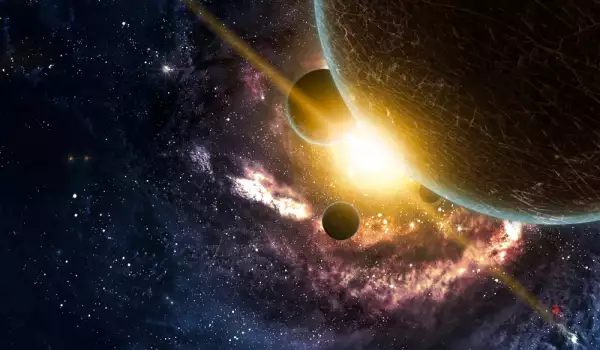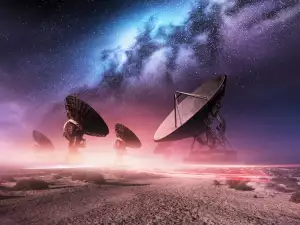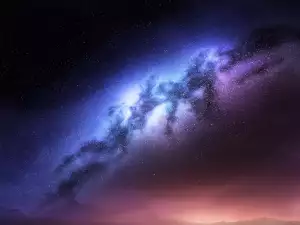After 12-year studies of the massive stars, American researchers confirmed that the Milky Way has a 4th spiral arm.
One of the discoverers, professor Melvin Hoare, who is a member of the RMS Survey Team, at the physics and astronomy department at the University of Leeds, announced that the study of the structure of the Milky Way gave them the opportunity to find out how a typical spiral galaxy functions.
Furthermore, the experts have gathered information as to the reasons which cause stars to form.
During the 50s of the last century, astronomers solely used radio telescopes for mapping our galaxy.
Their observations were focused on the gassy areas of the Milky Way, where new stars were born.
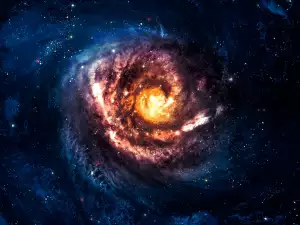
NASA's Spitzer Space telescope unearthed nearly 110 million stars during 2008, which were found in just 2 of the spiral arms.
For their latest research, astronomers used radio telescopes in Australia, the US and China, observing 1650 massive stars individually.
Their observations and calculations of the distances and brightness of the massive stars showed that our galaxy is distributed among 4, not 2, spiral-like arms.
According to Prof. Hoare, the recently received data do not deny all of the data received from the Spitzer Space telescope in 2008.
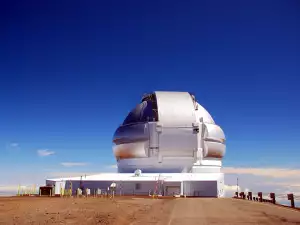
The expert put emphasis on the fact that the 2 studies were looking for different things, that's why the end results were different.
Spitzer Space was observing and looking for stars, similar to our Sun, which are more numerous than the objects that the telescopes that found the fourth spiral arm were pointed at.
According to astronomers, there exist 2 smaller arms as well, which cannot be seen from Earth, because they are located beyond the Galactic Center.
It is believed that there are also remains of dwarf galaxies found in the Milky Way.
The study was published in the monthly issue of The Royal Astronomical Society.
